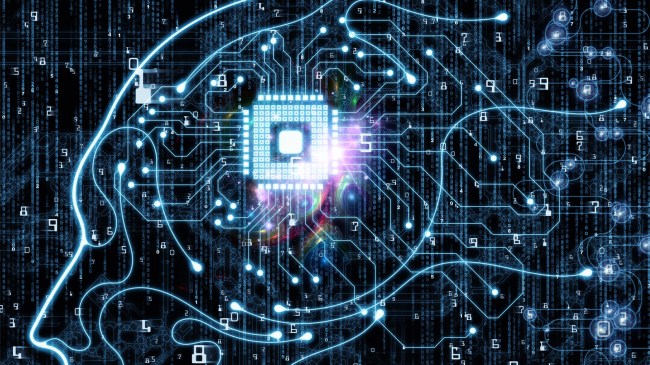iStockphoto
Despite numerous warnings and ethical concerns, scientists continue to make bigger and bigger advancements in the use of lab-grown human brain cells called organoids or mini brains.
The latest development in the scientific world of mini brains comes to us from Switzerland where researchers at FinalSpark were able to hook together 16 organoids to make a small “biocomputer” that uses far less energy than traditional computers.
This creation, known as wetware computing, has ties to the proliferation of another controversial technological advancement: artificial intelligence (AI).
Clare Watson of Science Alert explains…
While we don’t have any numbers on their specific system, its energy usage, or processing power, FinalSpark’s research team says that training a single large language model like GPT-3, a precursor to GPT-4, required 10 gigawatt hours or about 6,000 times the energy that one European citizen uses in a year.
Meanwhile, the human brain operates its 86 billion neurons using only a fraction of that energy: just 0.3 kilowatt hours per day.
Technology trends also indicate that the booming AI industry will consume 3.5 percent of global electricity by 2030. Already, the IT industry as a whole is responsible for around 2 percent of global CO2 emissions.
Clearly, it’s becoming increasingly necessary to find ways to make computing more energy efficient, and the synergies between brain cell networks and computing circuits are an obvious parallel to explore.
“The Neuroplatform enables researchers to run experiments on neural organoids with a lifetime of even more than 100 days,” the researchers wrote in their paper published in the journal Frontiers in Artificial Intelligence.
“To do so, we streamlined the experimental process to quickly produce new organoids, monitor action potentials 24/7, and provide electrical stimulations. We also designed a microfluidic system that allows for fully automated medium flow and change, thus reducing the disruptions by physical interventions in the incubator and ensuring stable environmental conditions.
“Over the past three years, the Neuroplatform was utilized with over 1,000 brain organoids, enabling the collection of more than 18 terabytes of data.”
This is just the latest advancement in this field of research.
Last year, scientists made AI out of living human brain cells that was able to recognize speech.
Earlier this year, for the first time ever, scientists were able to grow mini brains from human fetal brain tissue.
These advancements were made despite numerous ethical concerns being raised in the past such as in 2021 when mini brains grown by scientists from stem cells in a lab spontaneously developed sets of “eyes.”
And in 2019, scientists in another study implanted small human brains into animals, while a separate study revealed that mini brains, or brain organoids, created from stem cells actually developed spontaneous brain waves, similar to those seen in premature babies.
“If there’s even a possibility of the organoid being sentient, we could be crossing that line,” Elan Ohayon, director of the Green Neuroscience Laboratory, warned researchers in 2019 at the world’s largest annual meeting of neuroscientists. “We don’t want people doing research where there is potential for something to suffer.”
Five years later, that concern doesn’t appear to have slowed researchers down.

